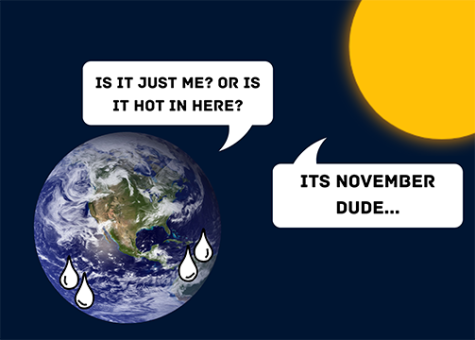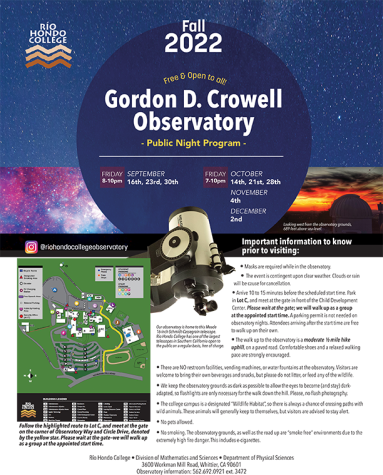SunRISE Project
NASA selects mission to study what causes giant solar particles storms
NASA is on a new space mission as scientists want to study more about the biggest star the sun. A new mission called SunRISE will study what drives solar particle storms and giant surges of solar particles that erupt off the sun. Also, Scientists want to understand how much storms will impact interplanetary space that can help protect spacecraft and astronauts. Their goal is to help themselves understand the Sun and protect astronauts traveling beyond earth.
Not only does NASA want such information to improve studying of how our solar system functions but it can help protect astronauts traveling to the moon and mars by providing better details. Moreover, on how the suns radiation impacts the space environment they must travel through.
The mission named the Sun Radio Interferometer Space Experiment (SunRISE) is an array of six CubeSats operating as one very large radio telescope. The positive news is that NASA has been rewarded $62,7 million to sketch, set up and launch SunRise by 2023.
The idea of the new project began in August 2017 and NASA chose SunRISE as one of two mission of opportunity proposals to conduct an 11-month mission concept study. In February 2019, the agency agreed to resume formulation study of the mission for one more year. Justin Kasper, the person who led the SunRISE at the University of Michigan in Ann Arbor and people who work for NASA’s Jet Propulsion Lab in Pasadena, California had the plan to take the next step of creating the new project.
Features of the New Model
Their mission is to design a six-powered CubeSats each about the size of a toaster oven. Also, to simultaneously see radio images of low frequency emission from solar activity and share them via NASA. The constellation of CubeSats will glide within six miles (ten kilometers) of each other above the Earth atmosphere, which otherwise block the radio signals SunRISE will see.
Together, the six CubeSats will make 3D maps to pinpoint where giant particle bursts originate on the Sun. Including on how they evolve as they enlarge outward into space. Furthermore, it will help determine what initiates and accelerates these big jets of radiation. The six individual spacecraft will also collaborate together to chart for the first occasion. Finally, the pattern of magnetic field lines reaching from the Sun out into interplanetary space.
Above all, the new SunRise mission can be one of best interventions to study the sun more in depth.







